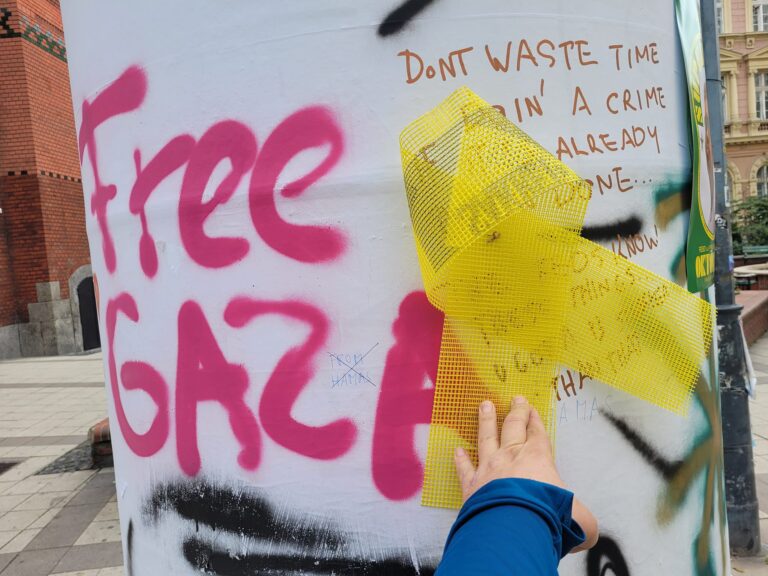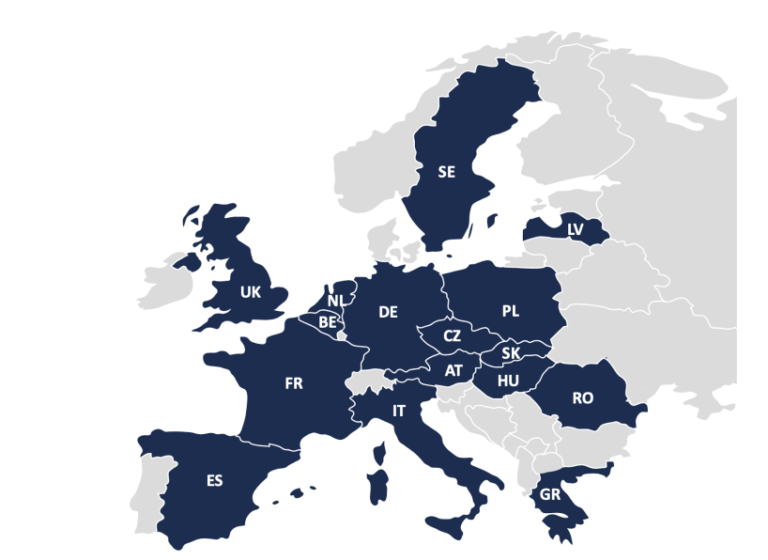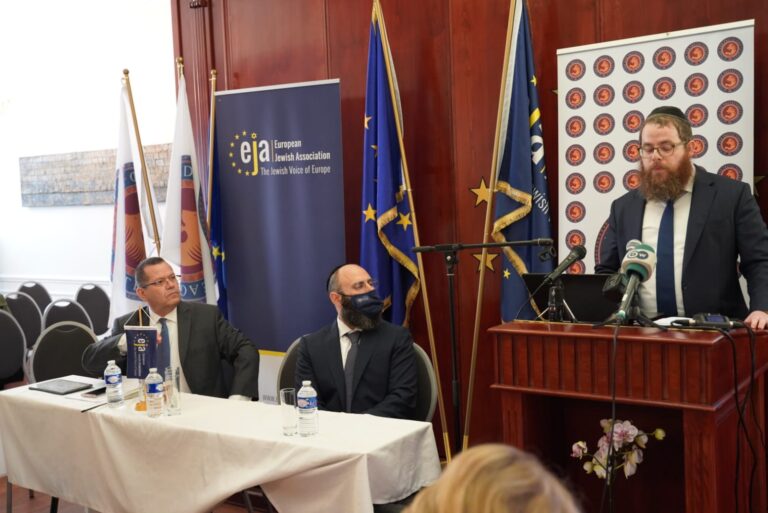With antisemitism on the rise and Holocaust denial more widespread, the young population in the Netherlands has been placing doubts on facts. A new study found that due to the lack of Holocaust knowledge and awareness, almost a quarter of the younger generation in the Netherlands believe that the Holocaust is a myth.
A recently published study found significant gaps in Holocaust knowledge and awareness in the Netherlands and widespread concern that Holocaust denial and distortion are problems in the country today. According to the research, almost a quarter (23%) of Dutch millennials and Gen Z respondents believe that the Holocaust is a myth, or that it occurred but the number of Jews who died has been greatly exaggerated. Among the six countries where the survey was conducted, this is by far the highest percentage, reports The Jerusalem Post.
According to similar previous surveys among these age groups, 16% of Austrian, 16% of Canadian, 23% of French, 15% of British and 15% of American young citizens believe the Holocaust is a myth.
The Conference on Jewish Material Claims Against Germany (Claims Conference) commissioned Schoen Cooperman Research to conduct a comprehensive national study on Holocaust knowledge and awareness in the Netherlands. It conducted 2,000 interviews across the country.
It was also found that 29% of Dutch respondents, including 37% of Dutch millennials and Gen Zs believe that two million or fewer Jews were killed during the Holocaust. Moreover, most Dutch respondents (53%), including 60% of these two cohorts, do not cite their country as one of those where the Holocaust occurred, even though more than 70% of the Netherlands’ Jewish population perished during the Shoah. Furthermore, more than half (53%) of Dutch respondents believe that something like the Holocaust could happen again today.
After a brief description of Holocaust denial, 62% of Dutch respondents said that Holocaust denial is a problem today, including 55% of the two young age groups.







